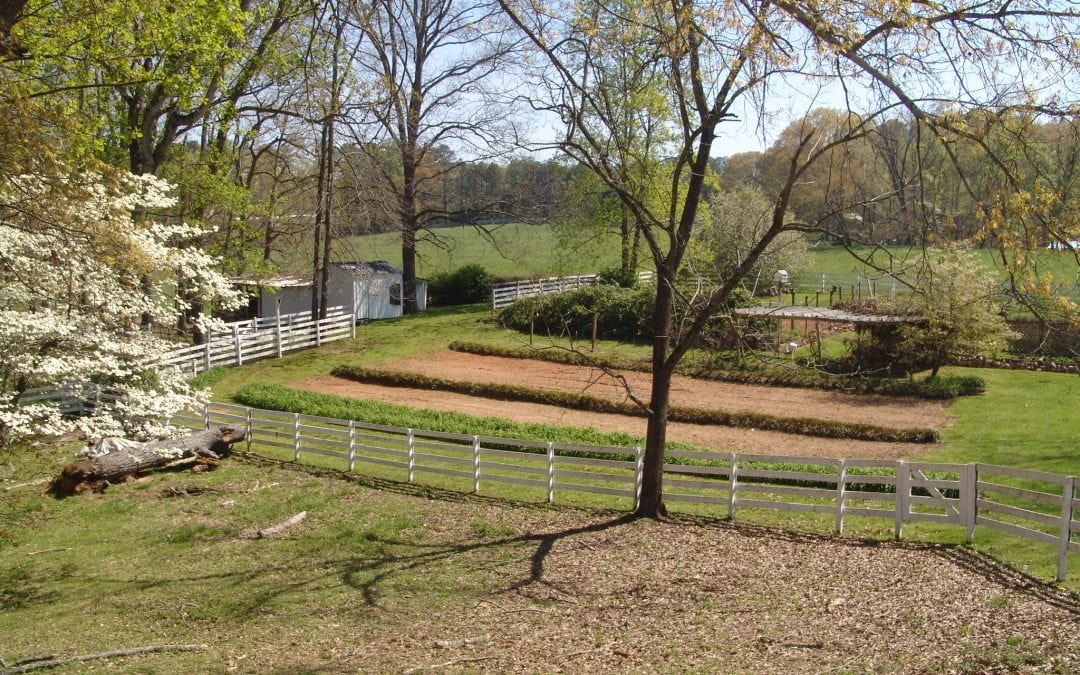Green cemeteries, also known as natural burial grounds, represent a growing movement toward more eco-friendly and sustainable practices in honoring the deceased. These cemeteries aim to reduce environmental impact by avoiding the use of harmful chemicals, non-biodegradable materials, and elaborate burial processes. This movement has historical roots as well as modern developments that are used at Milton Fields of Georgia.
Historical Roots of Green Cemeteries
The concept of green cemeteries is not entirely new. Before the advent of industrialized burial practices, many cultures around the world followed simple, natural burial traditions. Early burials often involved placing the deceased directly in the ground, wrapped in biodegradable materials like cloth or animal hides.
These methods allowed the body to decompose naturally back into the earth, supporting the cycle of life. In the 19th century, as urbanization grew, traditional burial practices gradually gave way to modern cemeteries with elaborate coffins, embalming, and manicured landscapes. However, the environmental issues associated with these practices—such as toxic embalming fluids and damage to natural habitats—led some to reconsider the traditional approach.
The Emergence of Modern Green Cemeteries
Green cemeteries emerged in the late 20th and early 21st centuries as part of a broader environmental consciousness. These cemeteries prioritize sustainability by avoiding practices that harm the environment and by preserving natural landscapes. Milton Fields in Georgia, for instance, is a prominent example of a green cemetery in the United States. This burial ground offers a serene, forested space for natural burials, allowing families to honor their loved ones in harmony with nature
Key Features of Natural Cemeteries
Green cemeteries differ significantly from traditional cemeteries. Below are some key features:
- No Embalming: Bodies are buried without embalming fluids, which can contain toxic chemicals harmful to the soil and water.
- Coffins, shrouds, or urns used in green cemeteries are made from natural materials like bamboo, wicker, or untreated wood.
- Preservation of Natural Landscapes: Green cemeteries emphasize the conservation of natural areas, avoiding unnecessary landscaping or the destruction of local ecosystems.
- Renewable Markers: Grave markers are often simple and renewable, such as engraved stones or planted trees instead of large monuments.
Impact and Importance
Green cemeteries not only reduce ecological harm but also provide a meaningful way to connect with nature and celebrate life’s cycles. They offer families an alternative to traditional burial practices that align with their values of sustainability and environmental stewardship.
Today, green cemeteries are becoming more common in various parts of the world. With places like Milton Fields of Georgia leading the way, this movement continues to grow, providing eco-conscious families with a way to honor their loved ones while protecting the earth for future generations.
If you are considering a green burial, but still have questions, then please stop by Milton Fields of Georgia or reach out to us today.
